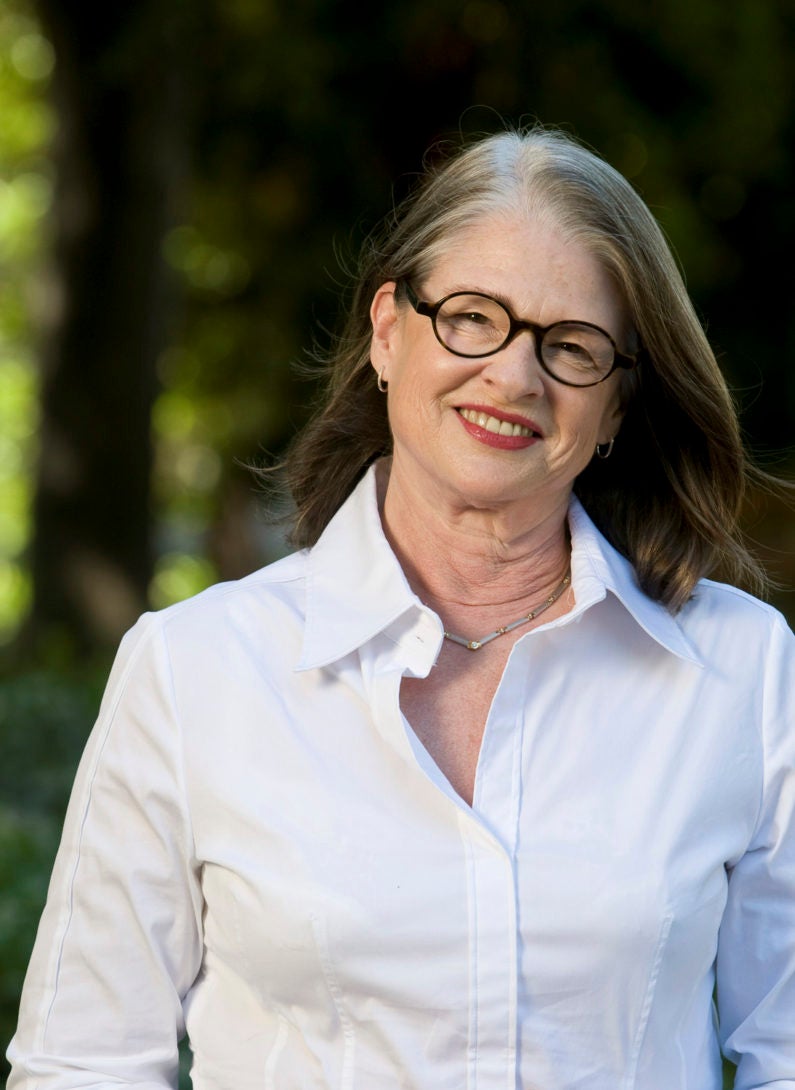Stanford celebrates 10 years of driving the discussion on longevity
In its first 10 years, the Stanford Center on Longevity helped expand discussion of the world’s aging population, making that discussion both more inclusive and more optimistic.
The way researchers and policymakers talked about it 10 or 20 years ago, aging was not something to be happy about. Getting older meant disease and both cognitive and physical decline – conditions to be managed by people with little to look forward to.

Psychologist Laura Carstensen is director of the Stanford Center on Longevity. (Image credit: Courtesy Freeman Spogli Institute)
Today, the discussion of the world’s aging population is more inclusive and more optimistic – and more ready than ever to tackle real challenges in the field – thanks in part to the efforts of the Stanford Center on Longevity, which recently celebrated its 10th anniversary.
“We feel that if we apply the best of science and technology to solving the problems of longer lives, we can turn added life expectancies into a tremendous gift instead of a burden,” said Laura Carstensen, a professor of psychology and the center’s director.
Staying optimistic
That point of view, and the center itself, emerged out of circumstances that many took to be anything but rosy. In the 19th century, Carstensen told Stanford magazine in 2004, death and disease were not particularly associated with old age because a great many people didn’t make it that far. Antibiotics and other medical advances changed all that. By the end of the 20th century, it wasn’t particularly unusual to live into one’s 80s, 90s or longer.
Policymakers and researchers were not especially prepared for the coming shift, and they viewed it through a dark lens. What, after all, would the world do with an aging, retired population in cognitive and physical decline?
In 2007, the Center for Longevity began to tackle such questions – specifically, the overlapping problems of how to keep people mentally sharp, physically fit and financially secure – spurred in part by interest in the Stanford magazine article. As Carstensen and colleagues worked with Stanford researchers and others to get their heads around the challenges of aging, however, they realized they didn’t just have a problem to solve, but rather an opportunity to take advantage of. A work force that lives to be 100 years old, for example, has more chances to pause work or work part-time, allowing people to take more time to learn new things, raise families and volunteer.
Changing the conversation
But to take advantage of those possibilities, the conversation about longevity had to change. For one thing, it needed to stop being about inevitable decline and more about solving problems, the roots of which are often found early in life. “We’re as interested in children” as adults, said Carstensen, who is also the Fairleigh S. Dickinson Jr. Professor in Public Policy.
The center’s work also informs the science. A few years ago when online brain games were being promoted as a way to stay sharp, a panel organized by the Center for Longevity found that those games actually had little effect and that physical exercise was better at preventing cognitive decline. That led to a collaboration with the President’s Council on Physical Fitness and the first-ever exercise recommendations for adults, Carstensen said.
In other efforts, the center collaborated with architects, including Henry Cisneros, to think about how to design the built environment for a graying population and with the developers of self-driving cars – an innovation that could be game-changing for older people outside of urban areas or otherwise without access to public transportation. They have also worked with banks and other financial institutions on ways to encourage saving for the future and how to “spend down” savings effectively toward the end of life.
“We wanted to change how people approach long life,” Carstensen said of the center’s first decade. The positive potential of a world where people age well, she said, is more clear than it was 10 years ago. “Now, we’ve got a lot of work ahead to make that happen.”
Carstensen is also a member of the Stanford Neurosciences Institute.
